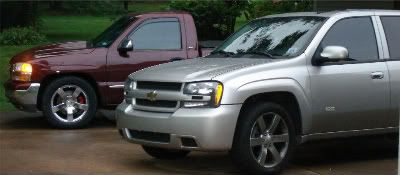When I installed the whipple I had zero change in gas milage. The bypass valve does work well. That damn thing would get soooooo freakin hot though. Even with a cowl hood and air blowing in on it. I hate whipples there is no doubt. It slowed my truck down. I ran faster without it even at 10lbs running meth.





 Reply With Quote
Reply With Quote













